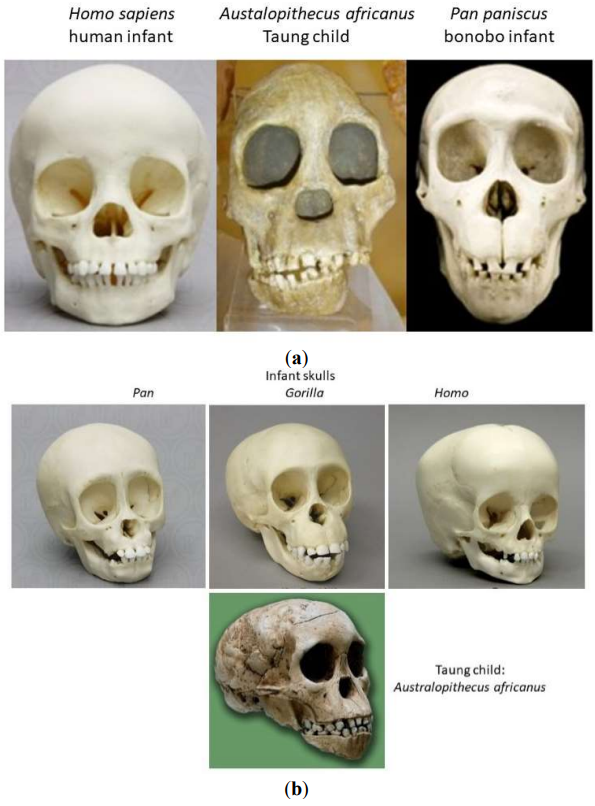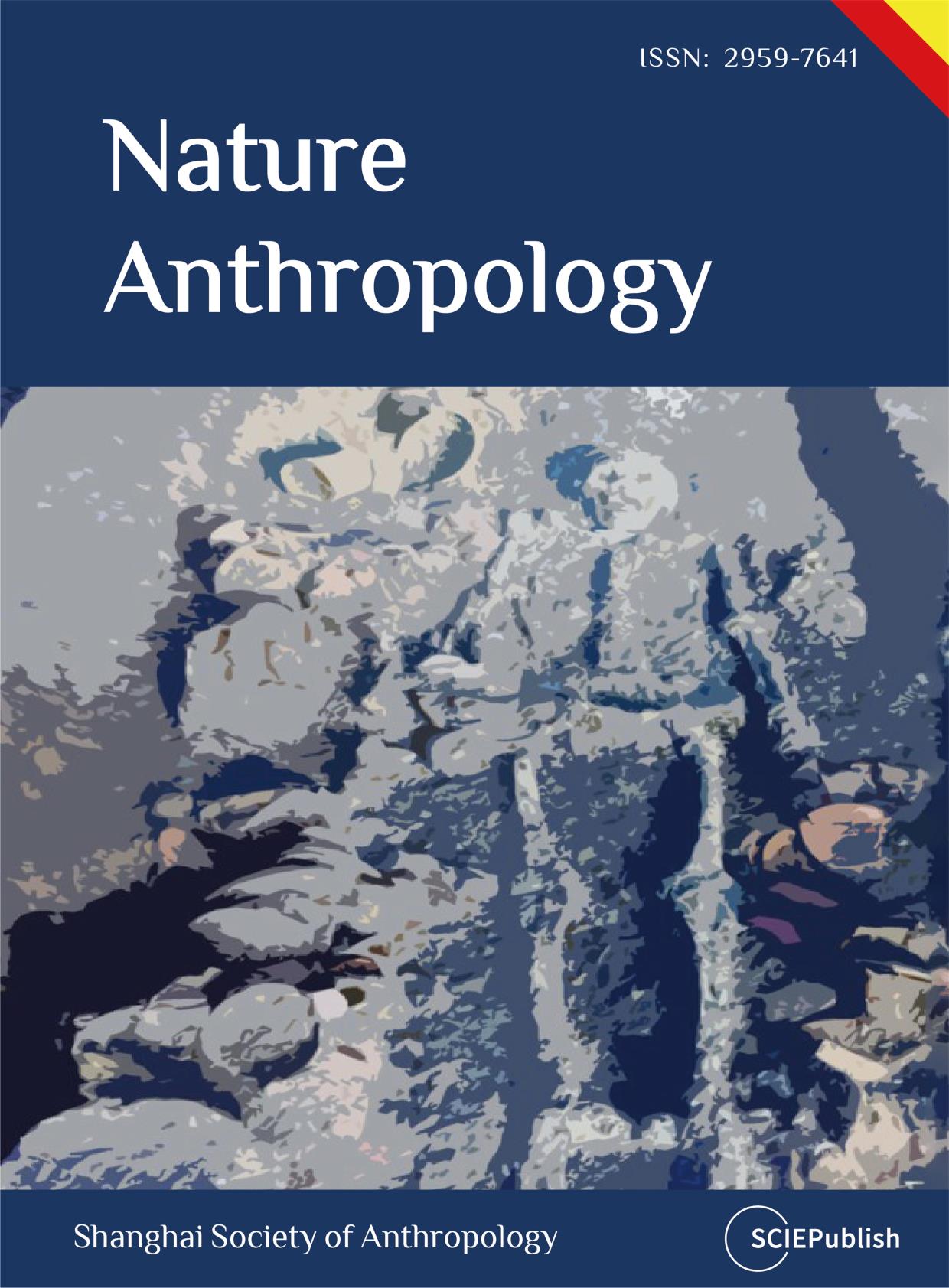Found 56 results
Article
05 June 2024An Architecture for Early Wildfire Detection and Spread Estimation Using Unmanned Aerial Vehicles, Base Stations, and Space Assets
This paper presents, an autonomous and scalable monitoring system for early detection and spread estimation of wildfires by leveraging low-cost UAVs, satellite data and ground sensors. An array of ground sensors, such as fixed towers equipped with infrared cameras and IoT sensors strategically placed in areas with a high probability of wildfire, will work in tandem with the space domain as well as the air domain to generate an accurate and comprehensive flow of information. This system-of-systems approach aims to take advantage of the key benefits across all systems while ensuring seamless cooperation. Having scalability and effectiveness in mind, the system is designed to work with low-cost COTS UAVs that leverage infrared and RGB sensors which will act as the primary situational awareness generator on demand. AI task allocation algorithms and swarming-oriented area coverage methods are at the heart of the system, effectively managing the aerial assets High-level mission planning takes place in the GCS, where information from all sensors is gathered and compiled into a user-understandable schema. In addition, the GCS issues warnings for events such as the detection of fire and hardware failures, live video feed and lower-level control of the swarm and IoT sensors when requested. By performing intelligent sensor fusion, this solution will offer unparalleled reaction times to wildfires while also being resilient and reconfigurable should any hardware failures arise by incorporating state of the art swarming capabilities.
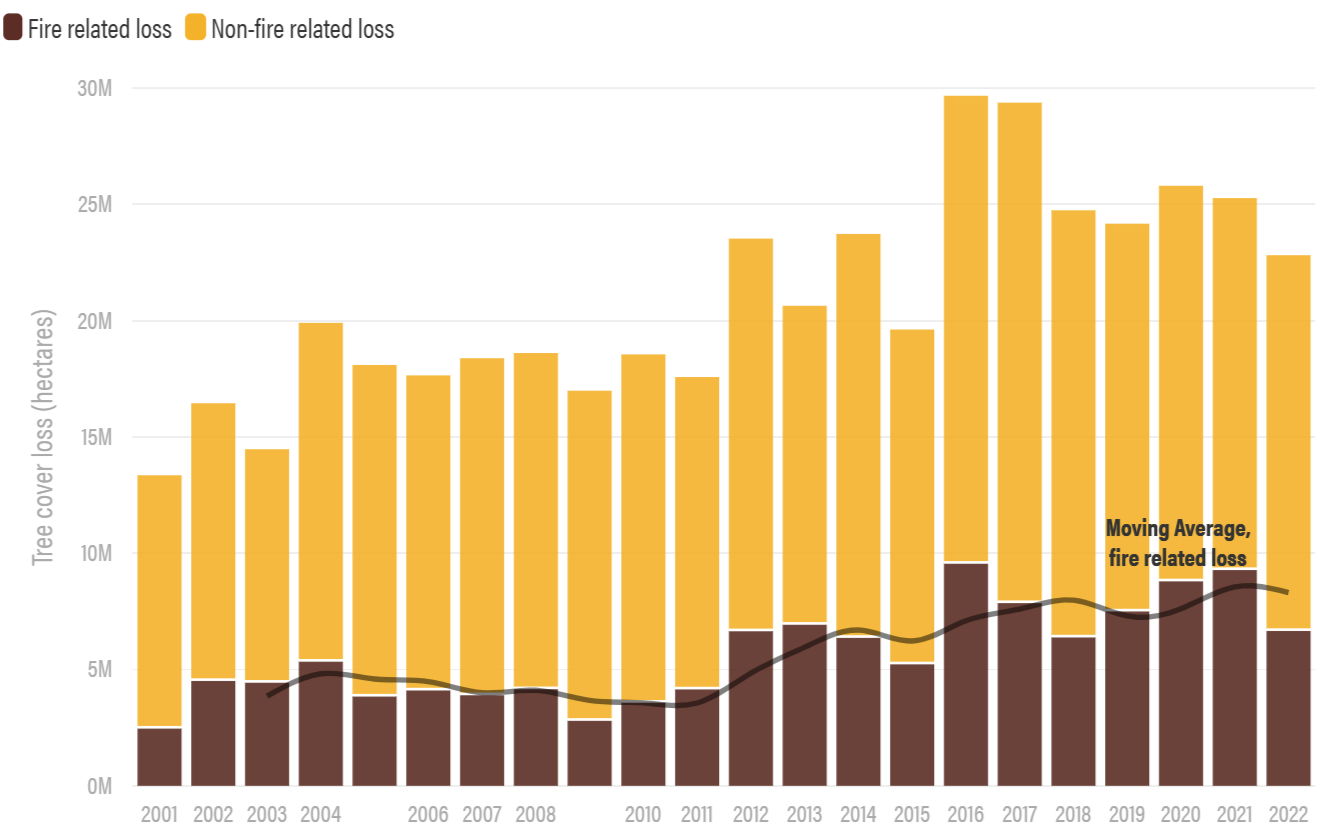
Article
31 May 2024Advancing Green Infrastructure Solutions in Rural Regions: Economic Impacts and Capacity Challenges in Southwest Ontario, Canada
Green infrastructure (GI) is a growing topic in urban planning, asset management, and climate change adaptation. However, rural regions have been under-represented in the discourse. This paper explores the benefits and challenges associated with the implementation and management of GI through a regional study of rural communities in southwestern Ontario. Our focus concerns the inter-relationships between GI, economic resilience, and the development of rural places. Findings show rural communities benefit from GI initiatives like natural stormwater management, park naturalization, and natural heritage restoration, which provide low-cost municipal services, conserve agricultural soils, and contribute to the amenity appeal of rural places. Challenges surrounding awareness, organizational capacity, and environmental regulation have slowed the uptake of GI and led to inconsistencies across jurisdictions. A mix of supportive policies, funding of demonstration projects with economic monitoring, and training to build professional capacity will advance the use and efficacy of GI across rural regions.
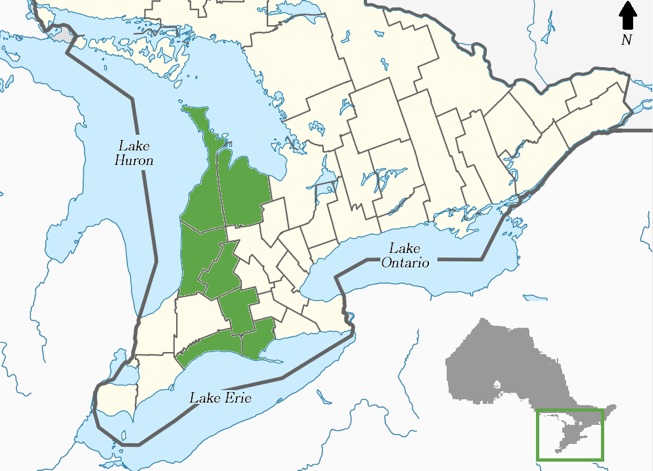
Article
13 May 2024Expression of Redox Partner Fusions for Light Driven Cytochrome P450s in the Cyanobacterium Synechocystis sp. PCC. 6803
Cytochrome P450s (P450s) catalyze stereo- and regioselective monooxygenations in the biosynthesis of a wide range of valuable natural compounds. The turnover of P450s requires dedicated electron transfer, usually via a NADPH-dependent reductase. The need for an NADPH-dependent reductase can be circumvented if expressed in photosynthetic organisms by exploiting the photosynthetic reducing power. However, partitioning reducing equivalents towards the P450s needs further optimization. Using our model P450, SbCYP79A1, we have previously shown that by targeting this P450 to the thylakoid membrane, the P450 can obtain its reducing power directly from photosystem I via soluble ferredoxin. Furthermore, we demonstrated using transient expression that fusing a soluble electron carrier to this P450 improves electron partitioning towards the P450 in tobacco. In order to characterize these fusions in a stably transformed organism, we expressed three different redox partner fusions in the cyanobacterium Synechocystis sp. PCC. 6803. We show that biochemical trends observed in the tobacco system are recapitulated in stably transformed Synechocystis sp. PCC. 6803. Overall, the FMN binding domain fusion produces the most oxime per unit of enzyme with and without the presence of the endogenous competing electron sink FNR and NADP+. However, the overall yield of oxime is comparable to the other strains, due to poor steady state levels of the fusion protein. Synechocystis sp. PCC. strains expressing the P450-FMN fusion also display a chlorotic phenotype that can be rescued by switching the nitrogen source from nitrate to ammonia, implying impaired nitrate assimilation. Optimizing electron transport towards the P450 is indeed possible in vivo but also highlights interference with native metabolic processes.
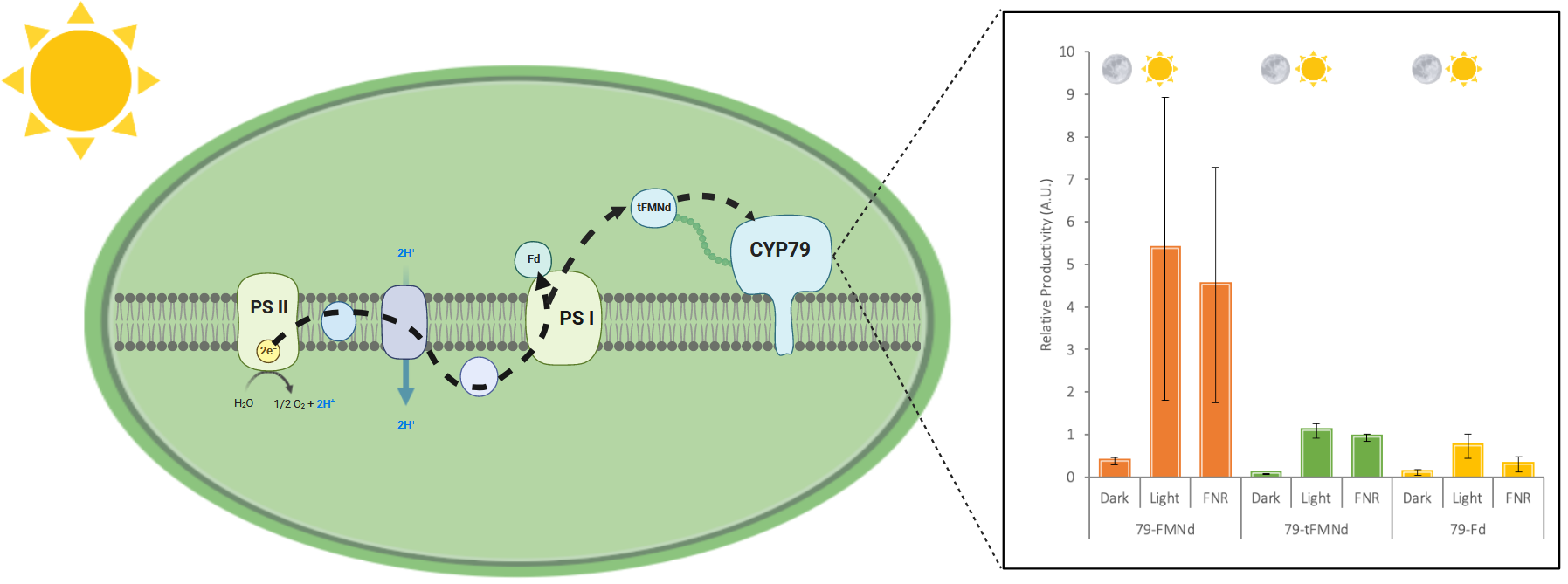
Article
09 April 2024Anisotropic Superelastic and Shape Memory Effect of Nitinol Manufactured by Electron Beam Powder Bed Fusion
This study explores the impact of energy input and build orientation on the anisotropic mechanical and functional properties of Ti-rich Nitinol (NiTi) produced via electron beam powder bed fusion (PBF-EB), integrated with layerwise in-situ monitoring of the melted surface via backscatter electron detection (ELO). NiTi, a binary alloy of nickel and titanium, exhibits shape memory and superelasticity, making it widely used in biomedical applications and sustainable technologies. PBF-EB, particularly with ELO, is highlighted for its advantages in producing crack-free NiTi with tailored microstructures. The investigation reveals that energy input significantly influences microstructure phases, with higher energy promoting increased evaporation of Ni and enhancing Ti-rich Ti2Ni precipitates, allowing for tailored material properties. Build orientation also proves crucial, impacting mechanical responses and functional properties. The 0° orientation yields the hardest mechanical response with the highest ultimate tensile strength (UTS) and the highest strain recovery ratio while the 45° orientation shows improved ductility but lower UTS. The influencing factors towards the formation of the anisotropic material properties are explained and the potential of tailoring the NiTi properties for specific applications by controlling energy input and build orientation in the PBF-EB process are underlined. These insights offer valuable criteria for designing innovative NiTi parts.
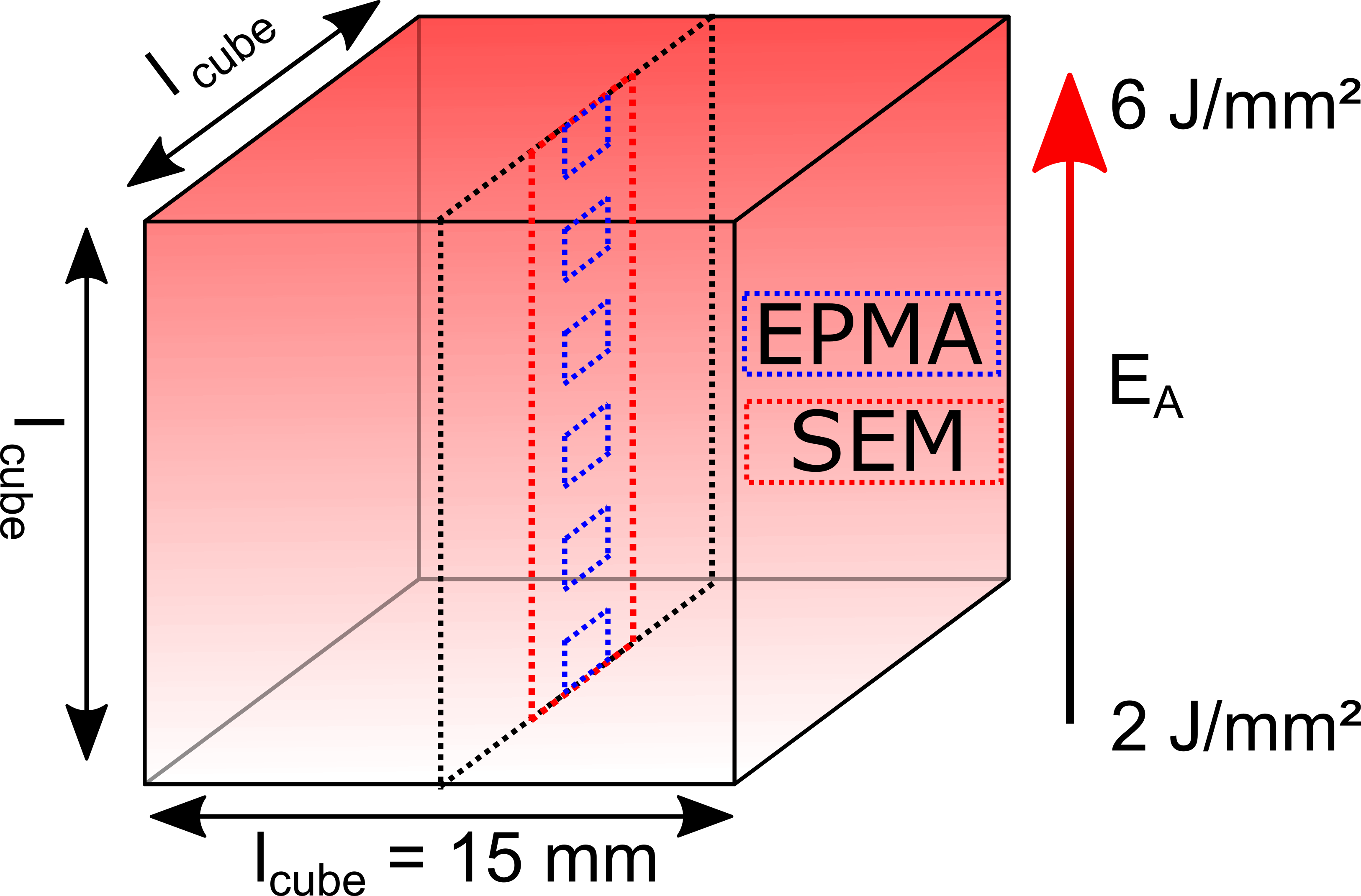
Review
02 April 2024Mapping the (in)Effective Enforcement of EU Environmental Law in Greece: Lessons from the EU and Domestic Courts
The effective implementation and enforcement of EU environmental law at national level constitutes a thorny issue with both legal and practical aspects. Greece is among the EU Member States which has historically faced difficulties in complying with the EU environmental acquis due to the poor functioning of the Greek administration, the limited manpower, expertise and resources (especially during the recent period of the economic crisis) for the competent authorities, the lack of political will, the low awareness of environmental problems. In this context, this paper aspires to unpack these enforcement challenges at the national level based on the case law of both the Greek Council of State and the Court of Justice of the European Union. Considering that waste management, nature protection, and water and air quality sectors are recognized as areas with the most significant deficiencies in implementation at the domestic level, the analysis will focus on these four key sectors. To this end, by reviewing the relevant EU and Greek jurisprudence, this paper aspires to identify the disparities between the formal requirements and the practical application of EU environmental regulations in Greece in light of the national political, economic, social, and cultural dynamics.
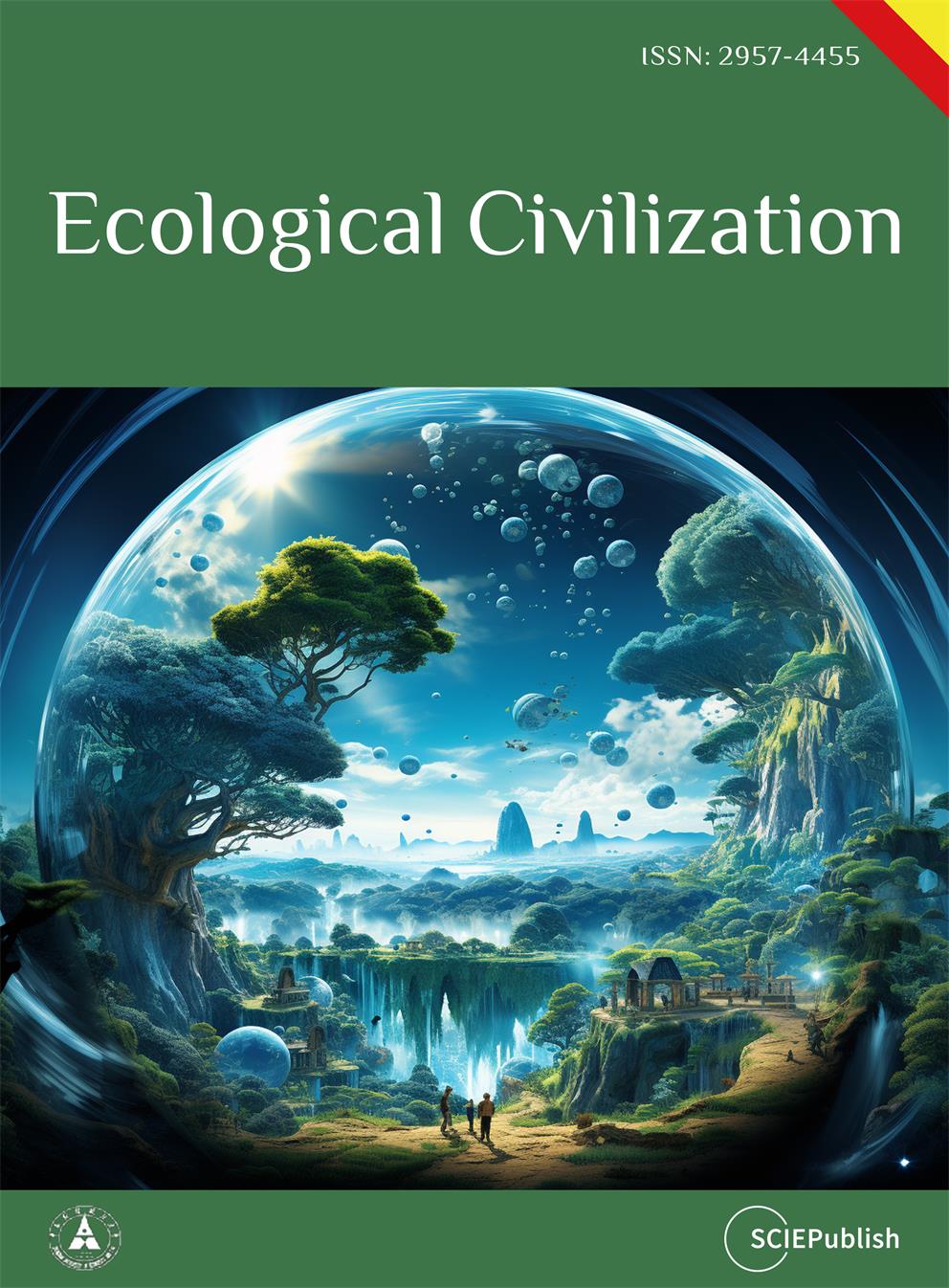
Article
11 January 2024Plant Proteins Availability in Europe and Asia: A Causality Analysis of Climate, Demographics, and Economic Factors
The article examines the availability of plant-based proteins in Europe and Asia, considering the challenges posed by climate, demographics, and economics. The availability of these proteins is crucial given the growing impact of climate, economic, and social variables. Indeed, these factors play a decisive role in the production and accessibility of plant-based proteins across countries. The study employed a causality analysis method using regression models to determine the relative impact of these factors on protein availability. Two indicators were prioritized: total national production and the daily accessible quantity per person. This approach made it possible to construct hypothetical trajectories, showcasing the interrelations between the different variables. The results show that the availability of plant-based proteins varies across regions. Factors such as rising temperatures, increasing pollutants, and rising prices of plant proteins are particularly concerning. In this context, legumes appear as a promising alternative. They offer resilience against climatic variations while being an excellent protein source. The findings also encourage rethinking our consumption. Meat, with its significant ecological footprint, should see its consumption decrease in favor of plant-based proteins, ensuring a more sustainable diet. To facilitate this transition, the importance of appropriate public policies and incentives for producing and consuming plant proteins is emphasized.
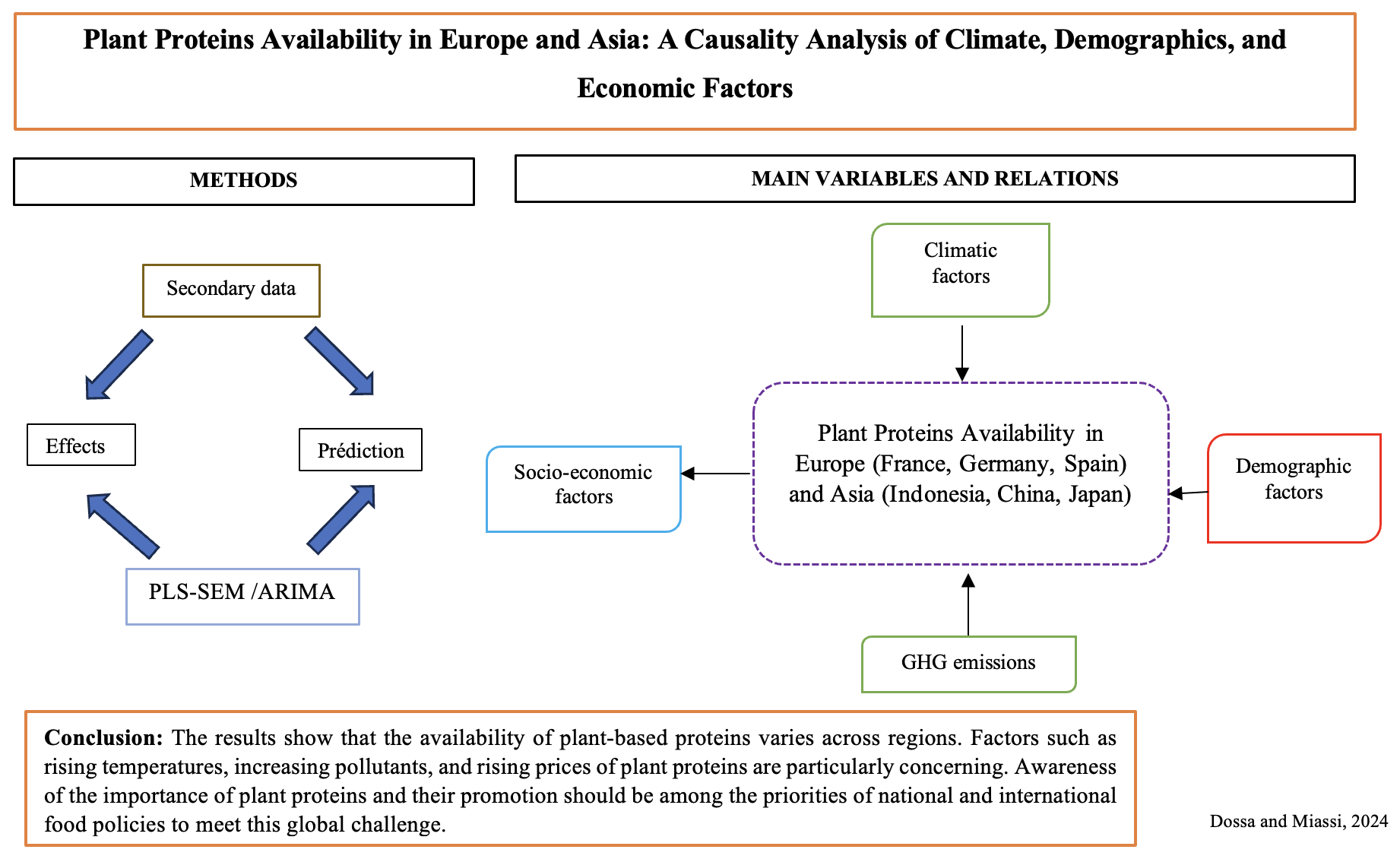
Review
21 December 2023TANGO1 Dances to Export of Procollagen from the Endoplasmic Reticulum
The endoplasmic reticulum (ER) to Golgi secretory pathway is an elegantly complex process whereby protein cargoes are manufactured, folded, and distributed from the ER to the cisternal layers of the Golgi stack before they are delivered to their final destinations. The export of large bulky cargoes such as procollagen and its trafficking to the Golgi is a sophisticated mechanism requiring TANGO1 (Transport ANd Golgi Organization protein 1. It is also called MIA3 (Melanoma Inhibitory Activity protein 3). TANGO1 has two prominent isoforms, TANGO1-Long and TANGO1-Short, and each isoform has specific functions. On the luminal side, TANGO1-Long has an HSP47 recruitment domain and uses this protein to collect collagen. It can also tether its paralog isoforms cTAGE5 and TALI and along with these proteins enlarges the vesicle to accommodate procollagen. Recent studies show that TANGO1-Long combines retrograde membrane flow with anterograde cargo transport. This complex mechanism is highly activated in fibrosis and promotes the excessive deposition of collagen in the tissues. The therapeutic targeting of TANGO1 may prove successful in the control of fibrotic disorders. This review focuses on TANGO1 and its complex interaction with other procollagen export factors that modulate increased vesicle size to accommodate the export of procollagen.
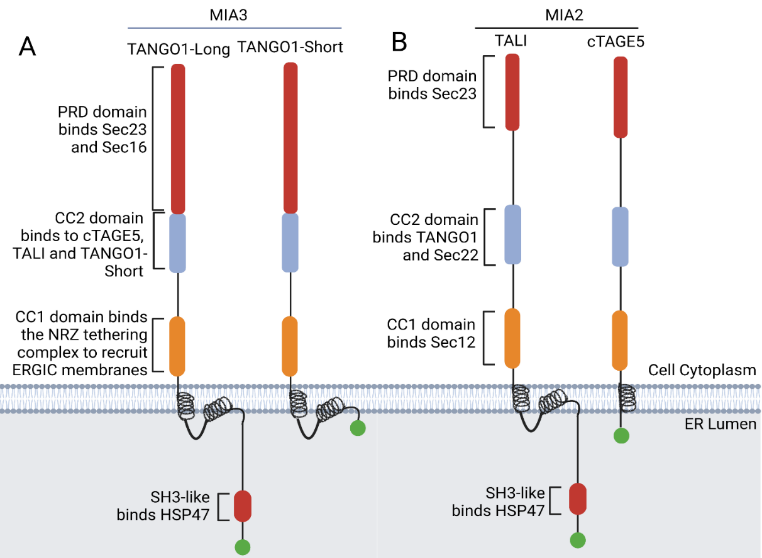
Letter
15 December 2023Have We Been Barking up the Wrong Ancestral Tree? Australopithecines Are Probably Not Our Ancestors
The dominant paradigm regarding human evolution since the split with Pan considers australopithecines as hominins, i.e., the closest relatives and/or direct ancestors of Homo. Historically, this paradigm started from the assumption that the Homo/Pan/Gorilla last common ancestor was a knuckle-walking ape that evolved into the fully upright (orthograde), obligate bipedal genus Homo, whereas Pan and Gorilla remained knuckle-walkers. Obligate terrestrial upright bipedalism, unique for our species, is an odd locomotor behaviour for a primate. Therefore, it had become generally accepted that a cooler and drier African climate had caused deforestation, which had forced our ancestors to develop upright bipedalism as an adaptation to living on open grassland savannah. This view, already held by Lamarck and Darwin, appeared most parsimonious in the almost complete absence of fossils. The discovery in the 20th century of australopithecine fossils, bipedal apes with small brains, in open country in southern and eastern Africa corroborated the savannah paradigm. Therefore, australopithecines are considered hominins. However, it is now recognized that most australopithecines instead lived in a mosaic of forests, grasslands and wetlands, and better knowledge of their fossils clearly indicates that they possessed several climbing adaptations. Moreover, none of the extinct ape species older than Australopithecus and Paranthropus for which postcranial remains have been described (e.g., Morotopithecus, Sahelanthropus, Orrorin, Ardipithecus) were knuckle-walking. On the other hand, upright posture/gait is already present to different degrees even in Miocene apes. Moreover, the notion that hominoid orthogrady is a primitive characteristic is corroborated by the growing consensus that knuckle-walking is not a primitive trait but has evolved in parallel, independently in both Pan and Gorilla. Consequently, it is possible that australopithecines are not transitional between a semi-erect ancestor and upright bipedal humans, but to the contrary, are intermediate between a more upright ancestor and extant semi-erect African apes. In summary, hypotheses that attempt to explain how a semi-erect Homo/Pan last common ancestor transitioned into the bipedal australopithecines as an adaptation to life on the savannah appear to be ill-conceived and moreover seem to have been superfluous from the very start. We review the numerous similarities between australopithecines and extant African apes, suggesting that they are possibly not hominins and therefore not our direct ancestors. We suggest that we may have been barking up the wrong ancestral tree, for almost a century.
